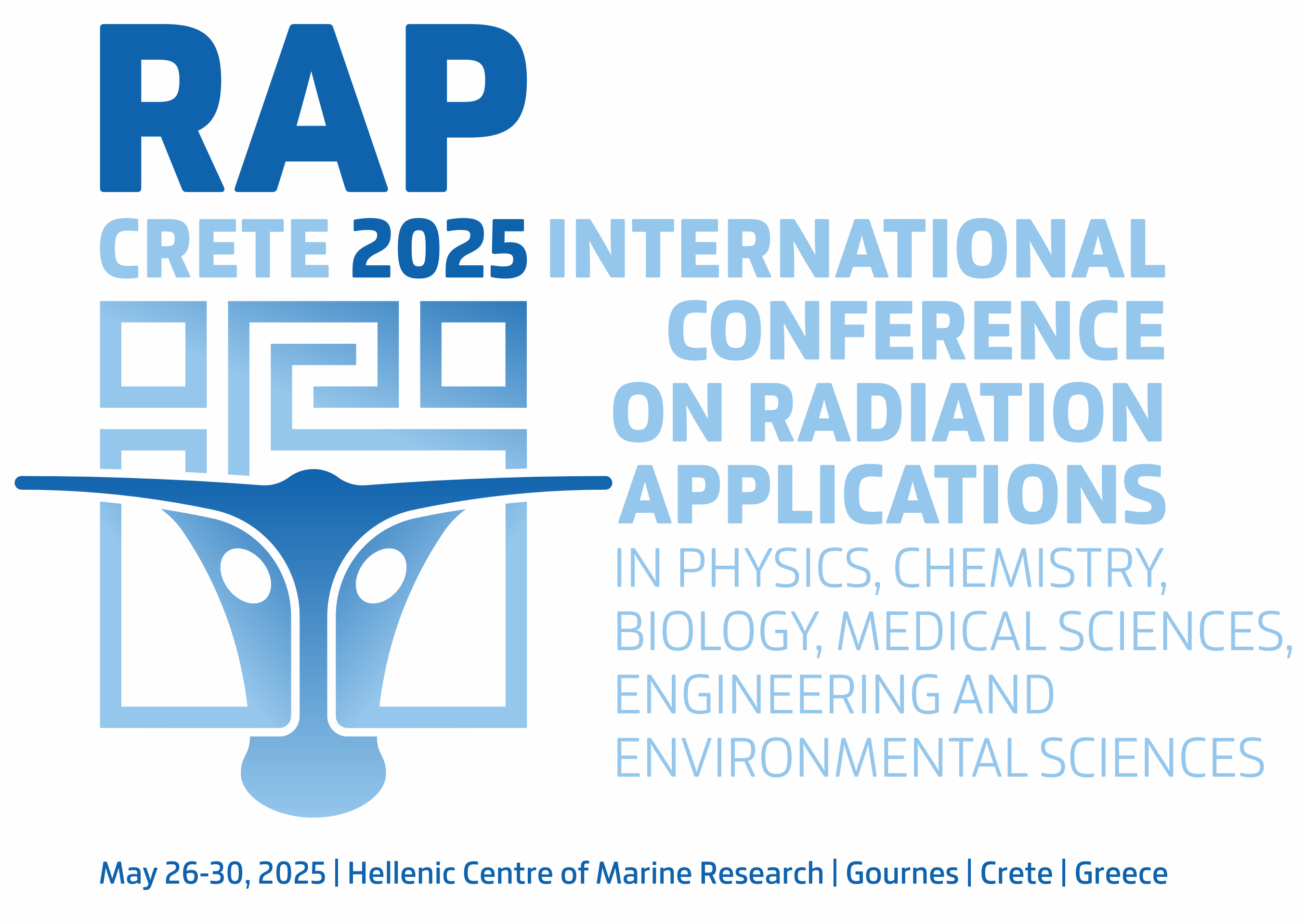Vol. 4, 2019
Radiology
RECURRENT EXPOSURE OF PATIENTS WITH CHRONIC CONDITIONS IN A SMALL PRIVATE MEDICAL CENTER
Olga Girjoaba
Pages: 191–194
DOI: 10.37392/RapProc.2019.39
Abstract | References | Full Text (PDF)
One of the topics recently proposed by the IAEA on the medical exposure to ionising radiation is the recurrent exposure of patients with chronic conditions, at short intervals, using highly irradiating procedures such as CT examinations and interventional cardiological and non-cardiological procedures. An IAEA study presents that the number of patients who have received cumulative effective doses (CED) in the 50-500 mSv range, over a period of 1-5 years, has increased a lot in recent years. Based on these considerations, we performed a study referring to the evaluation of CED due to recurrent CT exposures, performed with a CT unit GE Bright Speed 16, in a private medical center focused on the follow-up on the evolution of malignant diseases of the patients, during the treatment process. In our study, we used a local electronic system for individual registration of medical exposures, that provides information about patient data and also about scan parameters, including total dose-length product (DLP), for every exam performed. Based on this information, CED was evaluated for patients with recurrent exposure. We analyzed a patient group of 350 persons randomly chosen, that performed 500 CT examinations, 52 patients from the total number (14.8%) presenting recurrent exposures over a period of 1-5 years. All of the patients who performed recurrent exposure received a CED of more than 100 mSv. Most of the patients from the study are over 50 years old and most frequently only 2-4 exams per patient are performed, but there are also 6 patients who were scanned 8-10 times over a period of 1-5 years. For many patients, the time interval between consecutive scans is less than one year, meaning that an important radiation dose is received by the patient within a short time interval. To have a real image of CED for every patient from Romania, it is necessary to create an electronic system at the national level for individual registration of medical exposures. This electronic system must be available to every physician, from everywhere in the country and the ionising radiation exams must be indicated after a good analysis of information concerning the CED of every patient.
- Summary of the IAEA Technical Meeting on Radiation Exposure of Patients from Recurrent Radiological Imaging Procedures, IAEA, Vienna, Austria, 2019.
Retrieved from: https://www.iaea.org/sites/default/files/19/04/rpop-tm_summary_final.pdf
Retrieved on: Jul. 7, 2019 - European Guidance on Estimating Population Doses from Medical X-Ray Procedures, Radiation Protection no. 154, European Commission, Luxembourg, Luxembourg, 2008, pp. 23 – 43.
Retrieved from: https://ec.europa.eu/energy/en/topics/nuclear-energy/radiation-protection/scientific-seminars-and-publications/radiation-protection-publications
Retrieved on: Jul. 10, 2019 - The Council of European Union. (Dec. 5, 2013). Council Directive 2013/59/EURATOM. Laying down basic safety standards for protection against the dangers arising from exposure to ionising radiation, and repealing Directives 89/618/Euratom, 90/641/Euratom, 96/29/Euratom, 97/43/Euratom and 2003/122/Euratom.
Retrieved from: https://eur-lex.europa.eu/LexUriServ/LexUriServ.do?uri=OJ:L:2014:013:0001:0073:EN:PDF
Retrieved on: Jul. 11, 2019


